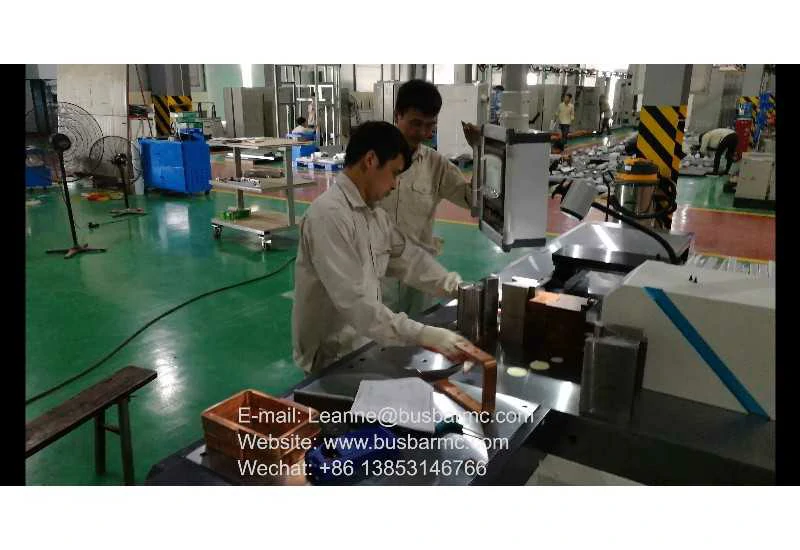Preparation of graphene-based nanocomposites and immobilized enzymes
Graphene, a two-dimensional carbon material with exceptional properties, has attracted significant attention in various fields. Its high specific surface area, excellent electrical conductivity, and mechanical strength make it an ideal candidate for diverse applications. One such application is the development of graphene-based nanocomposites, which combine the unique properties of graphene with other materials to create novel composites with enhanced performance.
The preparation of graphene-based nanocomposites involves the integration of graphene with other materials such as polymers, metals, or ceramics. There are several methods available for the synthesis of these nanocomposites, including chemical vapor deposition (CVD), electrochemical deposition, and solution-based methods. Among these techniques, solution-based methods offer a facile and scalable approach for the preparation of graphene-based nanocomposites.
In solution-based methods, graphene can be obtained through the exfoliation of graphite, a process that involves breaking apart the layers of graphite to obtain individual graphene sheets. Various exfoliation techniques have been developed, including sonication, chemical intercalation, and liquid-phase exfoliation. Once graphene is obtained, it can be combined with other materials to create nanocomposites.
The choice of materials for incorporation into graphene-based nanocomposites depends on the desired properties and applications. For example, the addition of polymers can improve the mechanical strength and flexibility of the composite, while the inclusion of metals can enhance its electrical conductivity. By tailoring the composition and structure of the nanocomposite, specific properties can be achieved to meet various requirements.
In recent years, there has been growing interest in the immobilization of enzymes on graphene-based nanocomposites. Immobilized enzymes offer numerous advantages over free enzymes, including improved stability, reusability, and easier separation from reaction products. The immobilization of enzymes onto graphene-based nanocomposites can be achieved through physical adsorption, covalent bonding, or entrapment within the nanocomposite matrix.
One method for immobilizing enzymes on graphene-based nanocomposites is through physical adsorption. In this approach, the enzyme is simply mixed with the graphene-based nanocomposite in solution, allowing the enzyme to bind to the surface of the nanocomposite through non-covalent interactions. While this method is simple and easy to implement, the stability of the enzyme can be compromised, limiting its long-term activity.
Covalent bonding provides a more stable means of enzyme immobilization. This can be achieved by functionalizing the graphene-based nanocomposite with reactive groups, such as amino or epoxy groups, which can react with the enzyme to form covalent bonds. The covalent attachment of the enzyme ensures its long-term stability and activity, thereby prolonging its lifespan and improving its reusability.
Entrapment within the nanocomposite matrix offers another approach for enzyme immobilization. In this method, the enzyme is encapsulated within the graphene-based nanocomposite, either during the preparation of the nanocomposite or through post-synthesis modification. The porous structure of the nanocomposite allows for diffusion of substrates and products, while protecting the enzyme from denaturation.
The immobilization of enzymes on graphene-based nanocomposites has been successfully demonstrated for various enzymatic reactions, including biosensing, biocatalysis, and biofuel cells. These nanocomposites exhibit enhanced catalytic activity, stability, and recyclability compared to free enzymes, making them attractive candidates for a wide range of applications in biotechnology, environmental monitoring, and healthcare.
In conclusion, the preparation of graphene-based nanocomposites and the immobilization of enzymes offer exciting prospects for the development of advanced materials and enzymatic processes. With continued research and innovation, these technologies hold great promise for addressing complex challenges and advancing various industries.
.webp)



